The Importance of Diversity, Equity and Inclusion
Overview
As outdoor professionals, educators, youth leaders and wilderness guides, we work in wilderness and natural places which provides the backdrop for human connection and transformational experiences.
Yet, we cannot escape the narrative that mainstream outdoor and environmental education is strongly linked to a Eurocentric perspective. This is based on assumptions about physical and cognitive capacity, acceptable body types and outdoor archetypes that heavily lean into pre-existing stereotypes.
If we want to move forward to co-create change, then we must understand how we first got here, where we are today, and how we can best move forward in the outdoor world.
Learn about the history of under-representation in the outdoor industry and how the changing demographics across the country are forcing the industry to shift and reflect.
The History of Racism in Canada
“Canadians have inherited a contested past. Like their forebears, they face conflict, struggle and loss alongside success, accomplishment and hope. They steward an acclaimed but imperfect democracy, a beautiful but threatened environment, a revered but relative civility. Their vision and generosity, wisdom and compromise will be their own legacy – for Canada, and the world.”
– A section of the final panel in the Canadian History Hall at the Canadian Museum of History
Canada promotes itself as a multicultural country and is celebrated as an ideal inclusive nation, yet this fails to take into account the actual lived experiences of the Indigenous, Black, racialized and equity-seeking communities.
The following timeline is not intended to be a fulsome account of racism in Canada. Rather, it is intended to highlight a few instances of historical and current discrimination to shed light on an issue that is not often talked about in Canada.
Explore the timeline below. If the images or text appear small, you can make the timeline full screen by clicking the blue full screen button (the small gray box with four arrows inside of it), located in the top right corner.
Journal Prompt
- Which of these events were you familiar with from the timeline?
- Did any of them surprise you? Where else have you seen racism throughout history?
- What do you see now, around the world and in your own community in respect to instances of racism?
Canadian History of Under-Representation: Then and Now
Case Studies
Black people have had a strong connection to the outdoors throughout Canadian history. Move through and flip the cards below to learn more about black explorers, survivalists, and fur traders (Mills, 2014).
Canada’s cultural identity is closely tied to the land. In most tourism sites, guidebooks and school textbooks, Canada is showcased as a vast wilderness ‘discovered’ by Europeans. Ask middle grade students what they know about Canadian history and Samuel de Champlain, Jacques Cartier, and the Hudson’s Bay Company will be mentioned.
Our historical narrative misrepresents and ignores Indigenous and Black people in accounts of exploration and the fur trade entirely. As far as history is concerned, the ties Indigenous people have with the land are severed through colonialism and Black peoples connection to the land is almost always defined in terms of the slave narrative. Textbooks often depict Asians in connection to the outdoors, in terms of labouring, arriving in boats, or interned. Elementary students will often hear about the 15,000 Chinese immigrants that worked on the Canadian Pacific Railroad in the 19th century (A Legacy of Hate, 2001).
Given these contexts, there is little wonder that the outdoors suffers from a lack of representation.
Outdoor Representation
American author and journalist, James Mills, has been researching the issue of minority representation for more than a decade and detailed his findings in his book, The Adventure Gap (2014). Mills writes that the lack of minority representation means some people feel unwelcome in the outdoors. The reasons are varied and complex, ranging from cultural to socioeconomic to historical, such as the suppression of Indigenous cultures.
Adding credence to Mills’ observations are a member survey conducted in 2018 by the North Shore Mountain Bike Association (NSMBA), who released a statement promoting inclusion in its sport. According to the mountain bike association’s membership survey, 82.6 per of members are male and and 55 per cent have a total household income of more than $100,000 per year.
Although these findings clearly present a homogenous and privileged membership profile, the statement received a mixed response from the public, with critics asserting that the sport is already welcoming. Christine Reid, the executive director at the time, said negative comments arising from the publication of the survey came from a small group and the board stands by its position that outdoor sports are for all.
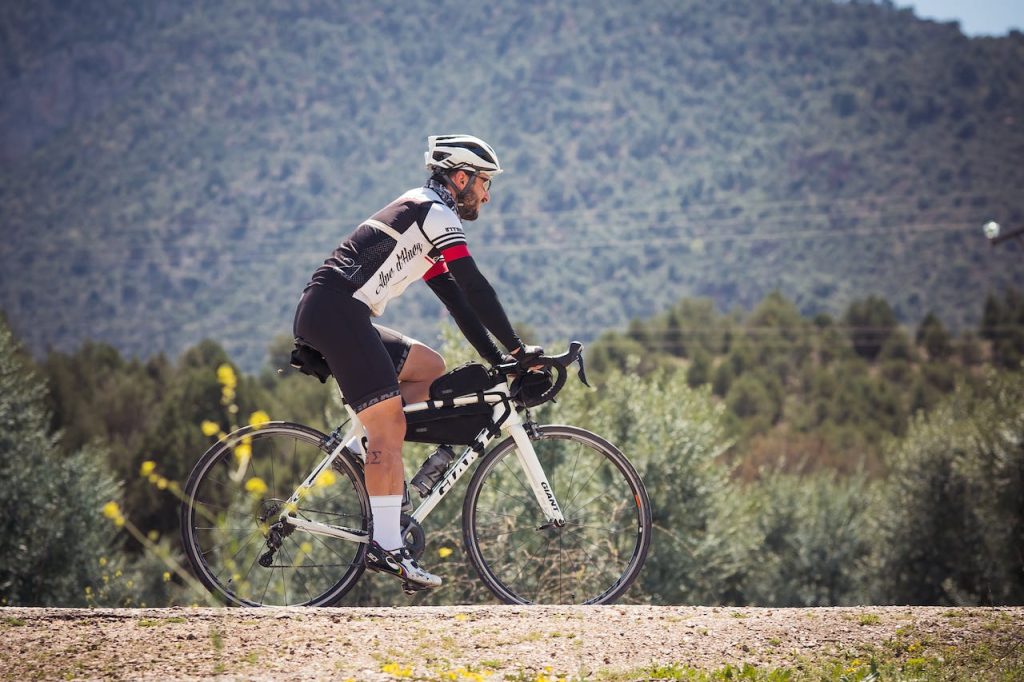
Continuing Inequities
“You can’t escape sexism, racism, inequality… and if you are able to escape it, you are privileged.”
– Who Started, Stopped, and Continued Participating in Outdoor Recreation during the COVID-19 Pandemic in the United States?
“Who Started, Stopped, and Continued Participating in Outdoor Recreation during the COVID-19 Pandemic in the United States?” is a study conducted by B. Derrick Taff, William L. Rice, Ben Lawhon, and Peter Newman which was published in 2021. In the study, the authors found that pandemic seems to have only reinforced existing inequities in the outdoors, rather than mitigate them.
The study also found that the majority of new participants in outdoor recreation were typically white and had higher annual incomes compared to the other demographic groups. Moreover, the majority of new participants showed little demographic variance when compared to the current outdoor recreationists, meaning there was little to no growth in outdoor recreation among minorities during the pandemic.
If you close your eyes and picture yourself participating on a backcountry ski trip, imagine what your guide might look like. Or perhaps you are taking lessons at the climbing gym or learning to paddle. What does your outdoor camp leader look like?
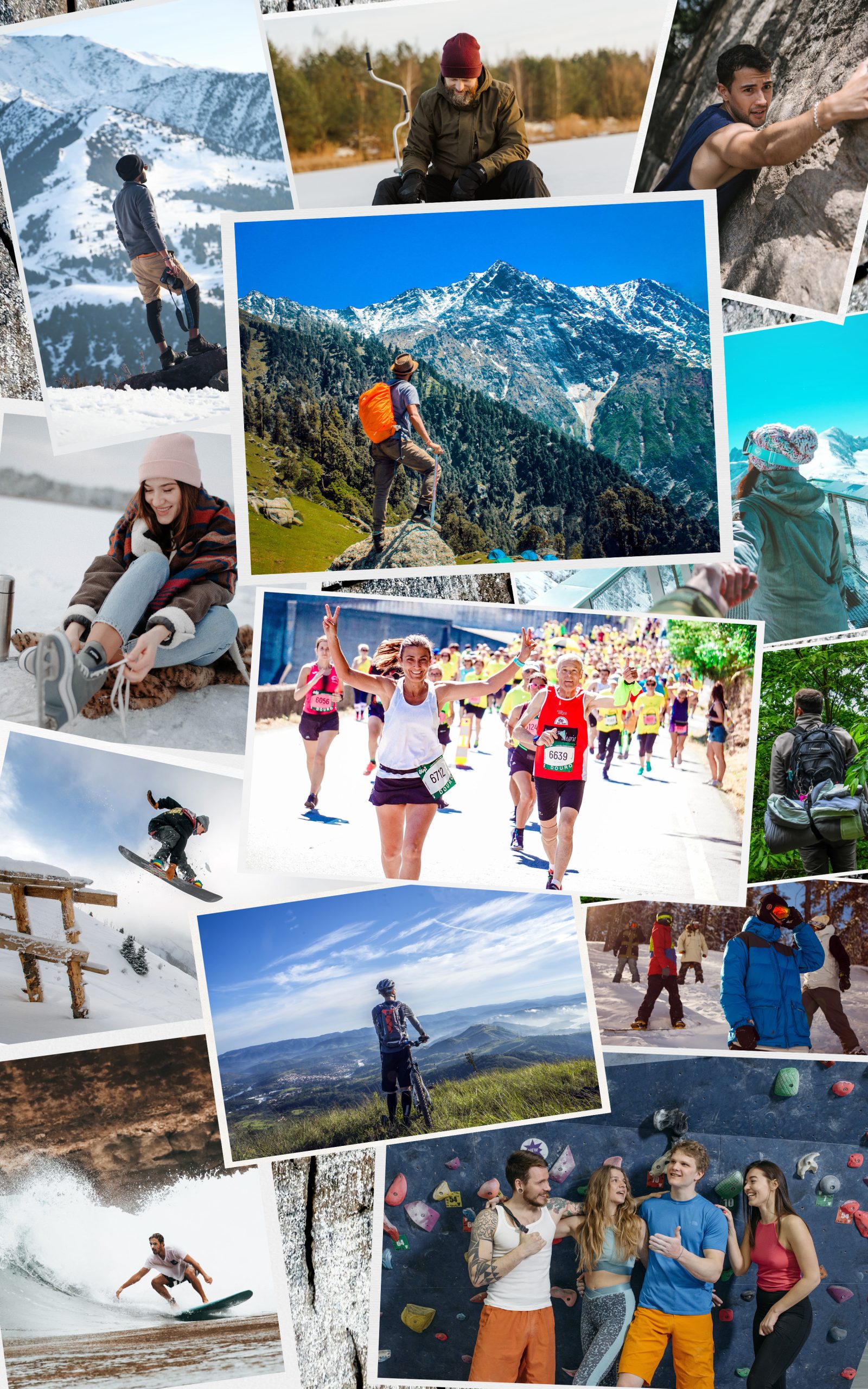
It’s no surprise why Indigenous, Black, racialized and diverse folks don’t feel like they belong outdoors.
WatchCheck out the videos below before moving onto the Journal Prompt.Pass the Mic: Let’s Talk About Racism – Dawn Richardson WilsonPass the Mic: Let’s Talk About Racism – Gurdeep PandherPass the Mic: Let’s Talk About Racism – Kiara
|
Journal Prompt
- What parts of the videos did you relate to?
- How did the videos make you feel?
- What questions does this issue raise for you?
Canadian Demographics
Many of Canada’s highly populated cities are already majority minorities and it is projected that in 2041, 52.4% of the total population will be immigrants or children of immigrants born in Canada (Statistics Canada, 2022). So while the perception may remain that the outdoors lacks diversity, the reality is that Canada’s population is evolving. People are recognizing the physical, mental and social benefits of recreating in the natural world, and as Canada’s demographic shifts, so will the demographics of the people in wilderness spaces.
Between 2001 and 2021, the racialized population in Canada increased from 3.85 million to 8.87 million people. This was a 130% increase, compared with a 1% increase for the White population (Statistics Canada, 2022).
The racialized visible minority population in Canada is growing not only because of immigration, but also because immigrants already settled in Canada are having children. As a result, the proportion of people belonging to racialized visible minority groups born in Canada is also increasing. Racialized youth aged 0-14 are projected to account for a higher proportion of the population, reaching between 44.0% and 49.7%.
The outdoor sector landscape is also evolving, shifting in response to these demographic changes. What does this mean? It means that as Outdoor Professionals, it is our responsibility to become more culturally fluent so that we are able to respond to the diverse needs of Canada’s population.
Recommended Readings
Let’s Talk About Race by Julius Lester
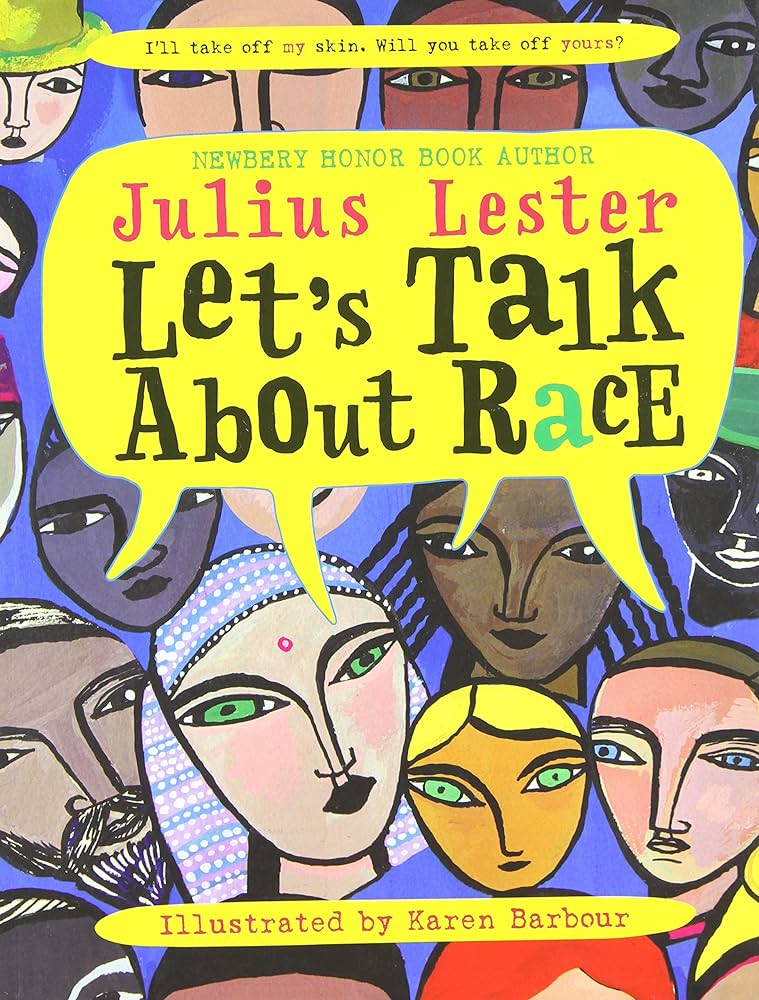
“I am a story. So are you. So is everyone. Julius Lester says, ‘I write because our lives are stories. If enough of these stories are told, then perhaps we will begin to see that our lives are the same story. The differences are merely in the details.’ Lester shares his own story as he explores what makes each of us special.”
Skin Like Mine by Latashia M. Perry
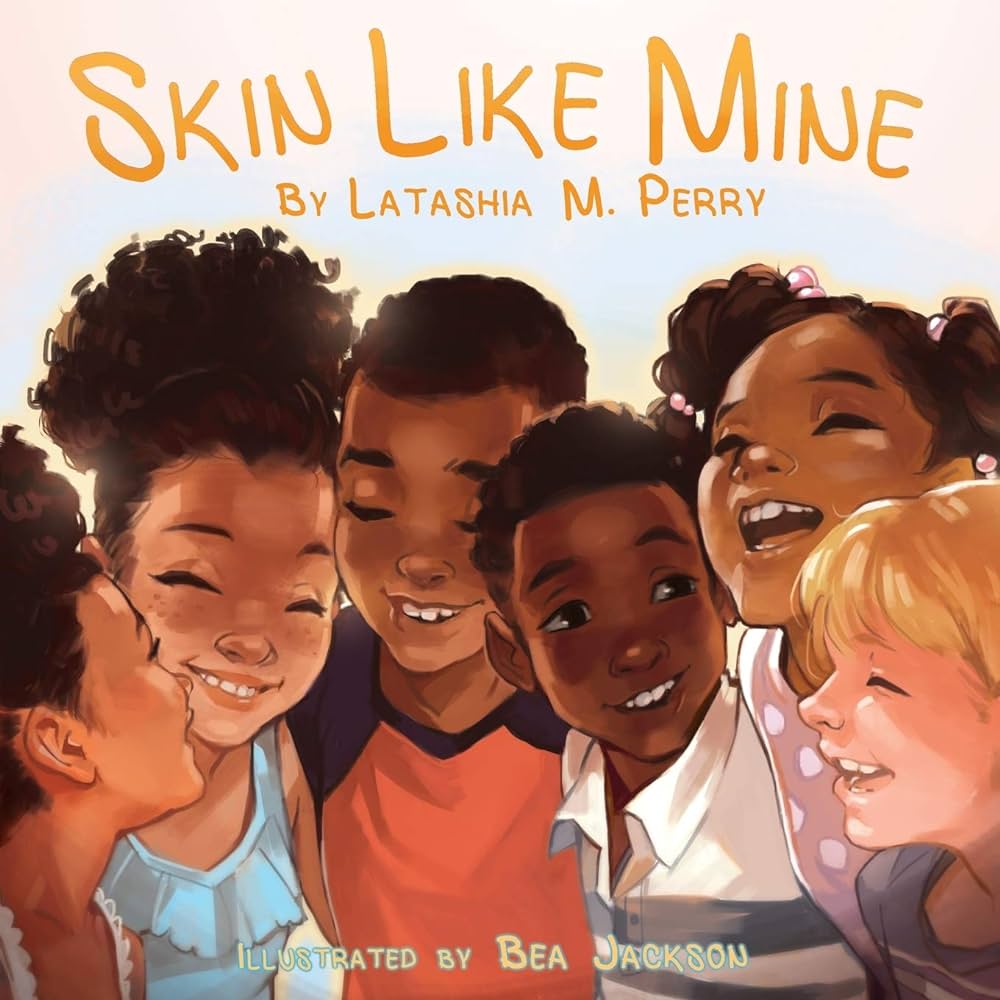
“From the Creators of Hair Like Mine, Skin Like Mine, the second book in the Kids Like Mine Series, is a fun, easy-to- read for beginners as well as advanced readers. An entertaining yet creative way to address and celebrate diversity among young children. Guaranteed to make you smile and a bit hungry.”
Say Something! by Peter H. Reynolds
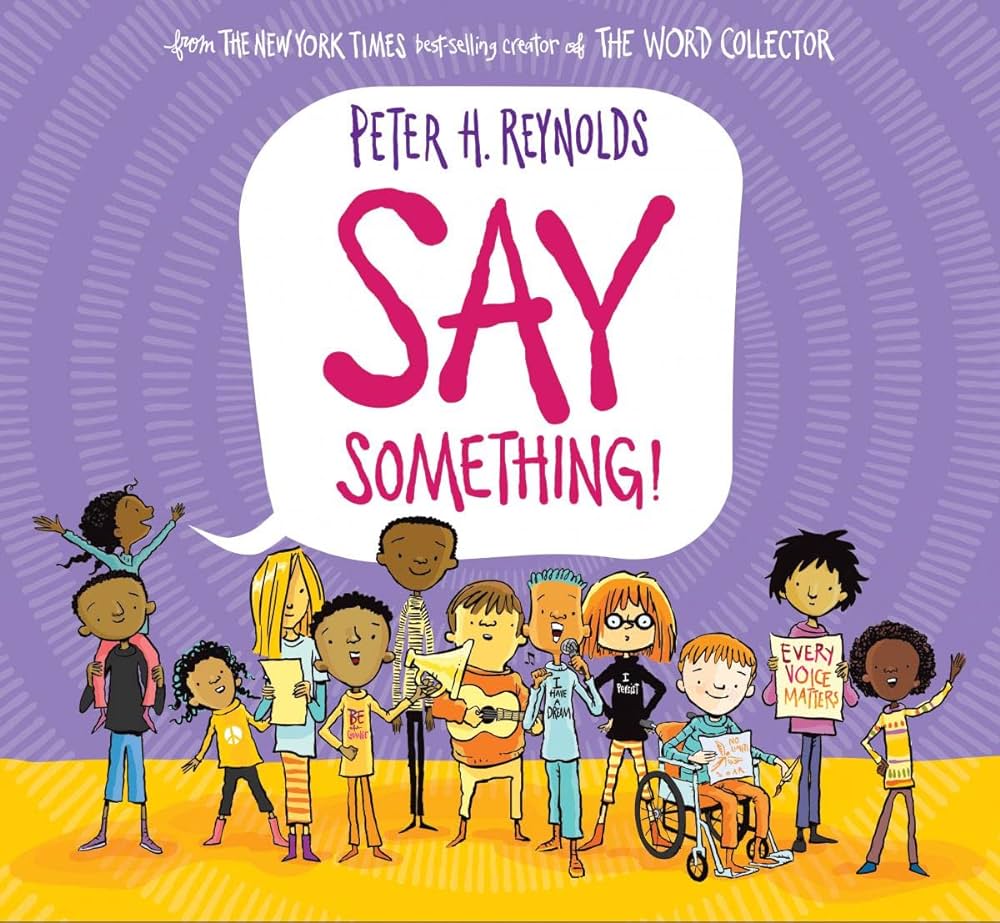
“If you have a brilliant idea… say something! If you see an injustice… say something! In this empowering new picture book, beloved author Peter H. Reynolds explores the many ways that a single voice can make a difference. Each of us, each and every day, have the chance to say something: with our actions, our words, and our voices.”
References
A Legacy of Hate. (n.d) CBC Learning. https://www.cbc.ca/history/EPISCONTENTSE1EP11CH3PA3LE.html
Appia, V. (2021, March 12) TIMELINE: This is Canada’s history of anti-Asian racism that COVID-19 has amplified. Toronto.com https://www.toronto.com/news/timeline-this-is-canadas-history-of-anti-asian-racism-that-covid-19-has-amplified/article_6c77aef5-3fe7-5c45-8ead-61ebb9309efa.html
Brant, J. (2020, May 1) Racial Segregation of Indigenous Peoples in Canada. The Canadian Encyclopedia, Historica Canada. https://www.thecanadianencyclopedia.ca/en/article/racial-segregation-of-indigenous-peoples-in-canada
Campbell, D. (2010, September 7) Sri Lankan Tamil refugees spark racism row in Canada. The Guardian. https://www.theguardian.com/world/2010/sep/07/canada-tamil-refugees-racism-debate
Canadian Centre for Gender and Sexual Diversity. (July 2018) Queer Canadian History Timeline – Pre-colonization to Present [Fact sheet] https://ccgsd-ccdgs.org/wp-content/uploads/2020/09/Canadian-History-Timeline.pdf
CBC Canada. (2017, May 11). The turban that rocked the RCMP: How Baltej Singh Dhillon challenged the RCMP — and won. https://www.cbc.ca/2017/canadathestoryofus/the-turban-that-rocked-the-rcmp-how-baltej-singh-dhillon-challenged-the-rcmp-and-won-1.4110271
CTV News. (2007, July 26) Sikhs denounce policy against name ‘Singh.’ https://www.ctvnews.ca/sikhs-denounce-policy-against-name-singh-1.250256#:~:text=Immigration%20Canada%20says%20Sikh%20immigration,press%20release%20condemning%20the%20practice
Government of Canada. (n.d) Key Historical Facts about Anti-Black and Discrimination in Canada [Fact sheet] https://www.justice.gc.ca/eng/cj-jp/cbjs-scjn/fact2-fait2.html
Mills, J. E. (2014) The adventure gap: changing the face of the outdoors. Seattle Mountaineer Books.
O’Neil, M (2020, June 12) Canada has a long, documented history of racism and racial discrimination. Don’t look away. The Globe and Mail. https://www.theglobeandmail.com/opinion/article-canada-has-a-long-documented-history-of-racism-and-racial/#:~:text=The%20final%20panel%20in%20the,alongside%20success%2C%20accomplishment%20and%20hope.
Rukavina, S. (2020, July 30.) Judge who told woman to remove hijab offering to apologize in settlement proposal. CBC News. https://www.cbc.ca/news/canada/montreal/judge-who-told-woman-to-remove-hijab-offering-to-apologize-in-settlement-proposal-1.5667888
(2017, February 24) Strong and free: The adventures of Joseph Lewis, Edmonton’s first black voyageur. Edmonton Journal. https://edmontonjournal.com/opinion/columnists/paula-simons-strong-and-free-the-adventures-of-joseph-lewis-edmontons-first-black-voyageur
Statistics Canada (2023) Police-reported hate crime, 2021. https://www150.statcan.gc.ca/n1/daily-quotidien/230322/dq230322a-eng.htm
Taff BD, Rice WL, Lawhon B, Newman P. Who Started, Stopped, and Continued Participating in Outdoor Recreation during the COVID-19 Pandemic in the United States? Results from a National Panel Study. Land. 2021; 10(12):1396. https://doi.org/10.3390/land10121396
A majority-minority occurs when visible minorities make up the majority of a population.
A person in a visible minority group is someone who is non-white in colour/race, regardless of place of birth.

